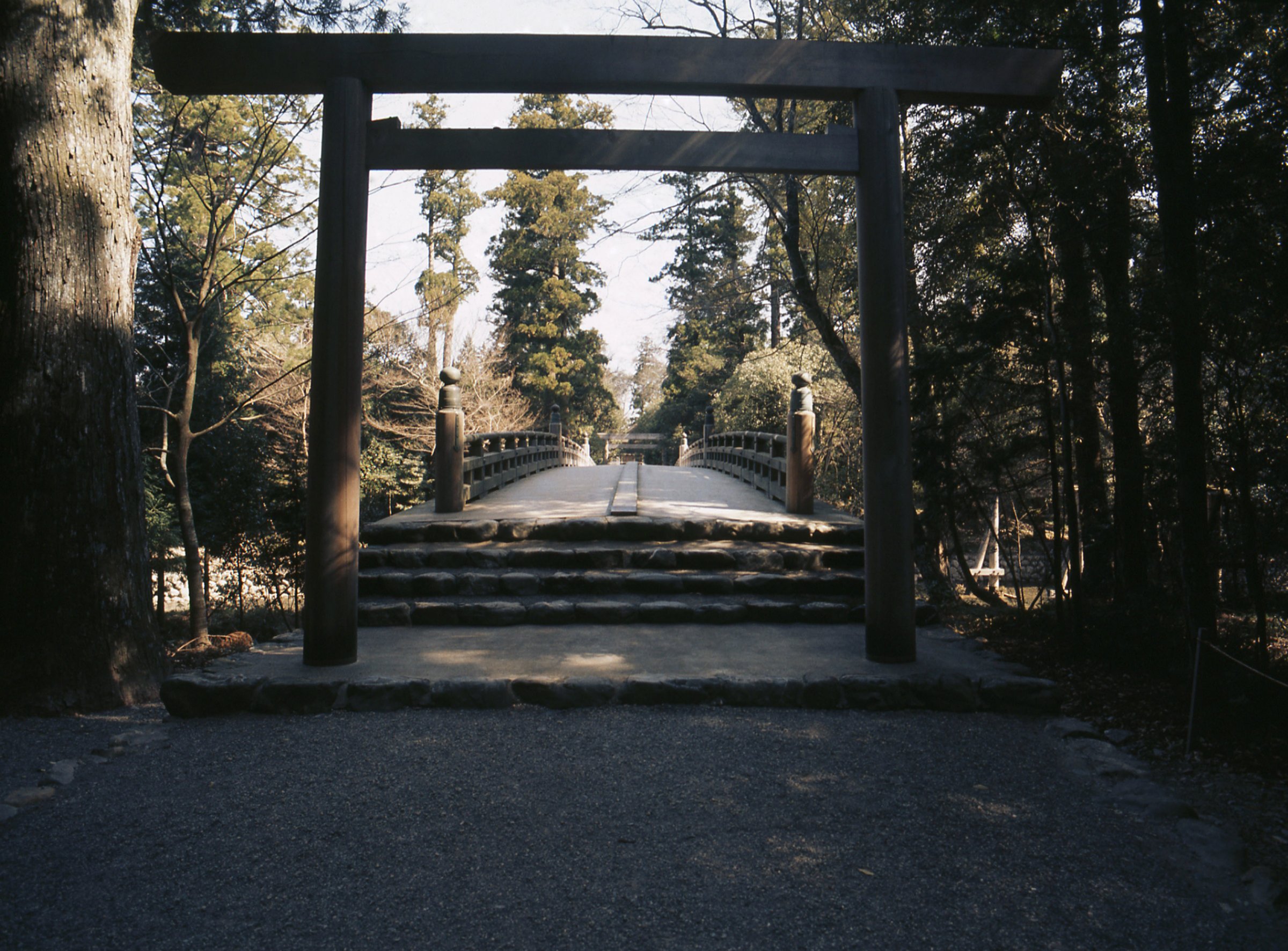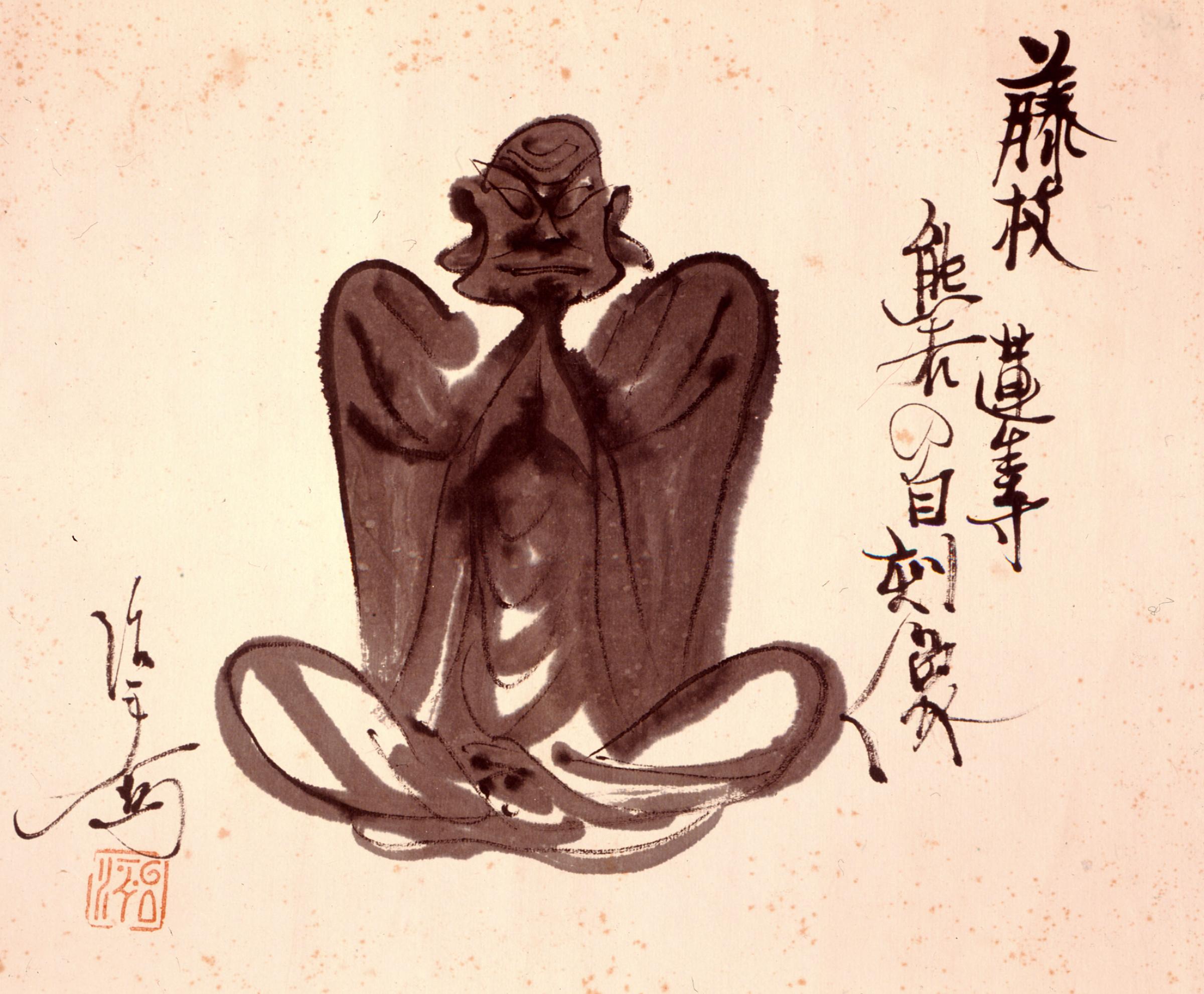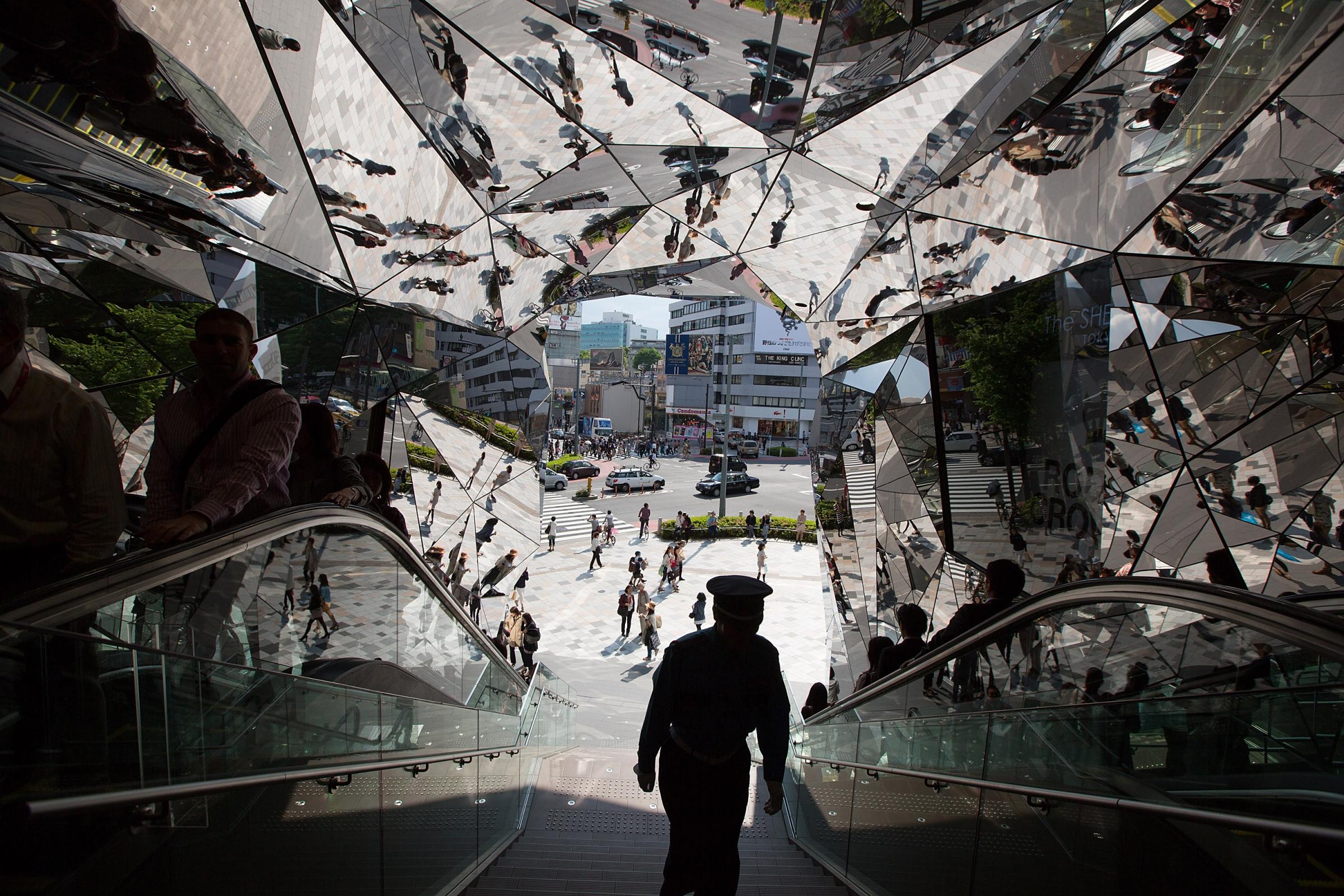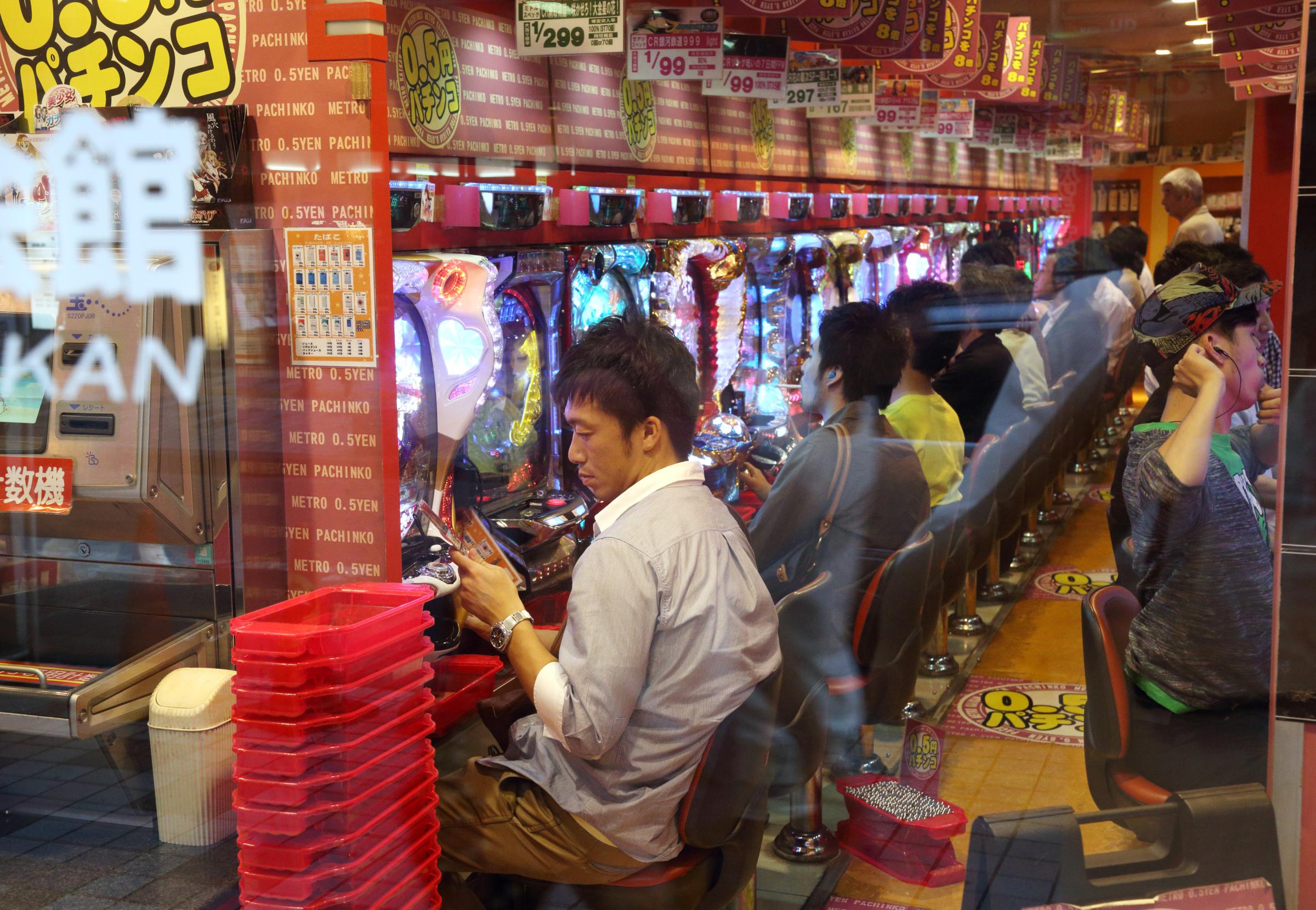
Some years ago, low on cash, I took an unusual job in Tokyo’s entertainment district Shibuya. Every morning I dressed in a swallow-tailed jacket stained with the sweat of a previous shift worker, assumed a fake name, and pretended to be an English butler for the women, and occasionally men, who visited a mock castle interior on the fifth floor of a beige high rise.
The premise was that these customers were princesses or princes who had traveled without a passport and ended up in a foreign land. Often, they were dressed the part and on arrival they were given a bell to ring for service. As a butler, my job was to take guide them into curtained-off nooks or behind trellises studded with artificial roses. There, we could flirt and swap stories, and I could earn commissions by encouraging them to order the pseudo-Italian fare and brightly colored cocktails we served up. It was one of scores of fantasy diversions scattered across the city. A couple floors down, men could pay for dates with young women in school uniforms. Elsewhere, there were fetish dungeons and, for the less adventurous, co-sleeping specialty shops that charged for cuddles by 20-minute increments.
“Yesterday the horses got away and I had to catch them,” I would hear myself telling groups at Formica tables in slowly enunciated English or rudimentary Japanese. From office workers in plastic tiaras I learned you could pick mushrooms near Kyoto; from out-of-towners claims that Nagoya had the best miso soup in Japan.
Our castle expected its guests to be one-off visitors—an assumption reflected in the overpriced food and, by Japan’s rigorous standards, sloppy service. But despite this, it hosted loyal regulars. There were middle-aged women who dressed in children’s clothing and wrote careful letters about not wanting to grow up. There was “Princess” Kanon, who came back every week to see her favorite butler and sometimes talked about having been abused; there was Mr. Six, named for the fact that he once had only six percent body fat; and there was “Prince” Shinichi, who had questions about love and once soiled himself on the castle’s parquet floor.
The butlers—none fluent Japanese speakers—were hardly qualified counselors. But the castle served an important function: it was a confessional, remote from the megalopolis below and, for some, a secret world in which to disappear.
More from TIME
My short stint there, and the stories the customers shared, came to mind recently, when I came across a book about Japanese people vanishing by the thousands. A French journalist called Léna Mauger had investigated the phenomenon of johatsu, or “evaporated people.” Every year, her book’s blurb claimed, nearly one hundred thousand Japanese vanish without a trace.
Many who cannot not lose the black dog of depression, throw the monkey of addiction from their backs, or buck the horns of sexual impropriety, remove themselves from their communities, Mauger said. They shed their addresses, jobs and families like unwanted costumes; sometimes they changed their names or their faces. “It’s something you can’t really talk about, but people can disappear because there’s another society underneath Japan’s society,” the author said in an interview about her book.
One story went like this: a man named Norihiro had been fired from his engineering job but was too ashamed to tell his family. Each morning, he put on his shirt and tie, kissed his wife goodbye and drove in the direction of his office. But without a place to go he stewed in his car all day, sometimes staying late to give the impression he was drinking with colleagues. Eventually, with salary no longer forthcoming, Norihiro could not continue the lie: instead he vanished, disappearing to Sanya, a place apparently so secret and shameful it had been scrubbed from Tokyo’s maps. “Taxi drivers avoid venturing into this shady neighborhood,” wrote Mauger. “The only ones who go there, they say, are those excluded from the good life and forgotten by everyone—the nameless.”
It was captivating. But early inquiries revealed that many in Japan doubted the veracity of Mauger’s reporting. “Most of us who saw [the story] found it unbelievable,” says Charles McJilton, a longtime expatriate resident of Japan, whose relief organization Second Harvest provides food assistance to other non-profits that operate in Sanya, which far from being shady has been openly written about as “Tokyo’s coolest ghetto.” Yes, its name was removed from maps in 1966 and its geographical boundaries incorporated into several other surrounding districts—but there is nothing particularly remarkable about that. Municipal authorities the world over have long bulldozed or renamed unsavory districts in a bid to boost an area’s reputation and attract new investment.
Not that much investment ever came to Sanya. The gritty neighborhood—which spans only a few blocks in each direction—had once been a refuge for down and out men seeking casual labor with no questions asked. By the time McJilton moved there in the early 1990’s, changing labor laws were already putting an end to that practice, and today the district is a place of cheap rooms and budget restaurants.
Parts of Mauger’s book are “fantasy at best,” McJilton tells TIME.

‘There’s no exit, no escape’
Hidden worlds are a part of Japanese popular culture as they are anywhere. Elephants vanish and women climb down ladders into parallel realities in Haruki Murakami stories. In Mario games, the titular plumber squeezes through drainpipes into netherworlds populated by angry turtles. The country’s highest-grossing film—an animation feature about a family trapped in a supernatural world—is called Spirited Away.
“When we were children we would hear these kamikakushi stories all the time,” says Maho, an interpreter engaged by TIME, using the Japanese word for “spirited away.” She adds: “The vanished would always come back with some mark. Something to show they’d been taken.”
The fables are often surreal and grim. There’s the five-year-old who goes missing in the mountains only to return to the family home weeks later with her stomach full of tiny snails. In The Legends of Tono, anthropologist Kunio Yanagida records tales of women whisked away by wild-eyed mountain men, and of girls dragged into deep rivers by lusty imps called kappa. Their grotesque offspring are “hacked into pieces, put into small wine casks, and buried in the ground.”
A cultural prevalence of vanishing, however, is not reflected in the country’s official statistics. Japan’s National Police Agency registered around 82,000 missing persons in 2015 and noted that some 80,000 had been found by the end of the year. Only 23,000 of them had remained missing for more than a week and about 4,100 of them turned out to be dead. In Britain, which has about half the population of Japan, more than 300,000 calls were made to police in 2015 to report a missing person.
The Missing Persons Search Support Association of Japan (MPS), a non-profit set up to provide support to the families of the evaporated, argues that official numbers reflect under-reporting and are way too low. “The actual, unregistered number is estimated at several times 100,000,” claims the organization’s website.
Takehiko Kariya, professor of the sociology of Japanese Society at Oxford University’s Nissan Institute, explains that while people go missing in every country there are some factors that make the existence of johatsu more likely in Japan. For the past 20 years, he says, schools have officially nurtured creativity and individual expression but the social milieu and the workplace remain unchanged. A new graduate can find themselves in a hierarchical office environment being treated no better than a salaryman straight out of the 1980s.
On top of that, the discipline and teamwork that were a plus during Japan’s boom years have ossified over the course of two decades of economic stagnation. Vacation time has become shorter, working hours longer, and company demands on the individual more exacting. According to an October 2016 government white paper, more than 20% of Japanese companies said their employees worked in excess of 80 hours overtime per month. These conditions have perpetuated the well-known phenomenon of karoshi or “death by overwork” (officially there are about 200 karoshi cases each year but one expert estimates the real figure could exceed 10,000.)
“Everybody’s watching each other all the time. There’s no exit, no escape,” Kariya says. At the same time, he adds, familial and community support structures have disintegrated: “That very group-oriented society now consists of very separated, individualized people. Living alone is becoming more and more common. People are very lonely.”
In such a culture—where quitting a company is considered shameful—disappearing is an attractive alternative, says Jake Adelstein, a veteran Japan-based journalist: “Faced with a choice of suicide, working to death, or simply vanishing and starting life over, vanishing would seem a better option,” he tells TIME, “Better missing than dead.”
But who are these missing people? And in a country where renting an apartment or acquiring a cellphone or securing a place in day-care involves complex bureaucratic processes, and where only 6,235 people are sleeping rough according to 2015 figures, where do the evaporated actually go?
‘I took the car and the dog and I disappeared’
The johatsu might be shrouded in mystery but the businesses that cater to them are easy to find. Collectively they are called yonige-ya, which translates as “fly-by-night shops.” Their websites are replete with standard-issue photos of immaculate boardrooms and neatly manicured staffers.
A fictional yonige-ya called Rising Sun was the subject of a 1990s drama called Yonigeya Hompo. The show’s synopsis read: “Need help managing your finances? Up to your ears in debt? Rising Sun is the consulting firm you need on your side. Too late for stop-gap measures? Is running away or suicide the only way out? Turn once again to Rising Sun. By day, Genji Masahiko runs a reputable consulting firm, but by night, they help the desperate find a new life.”
Miho Saita is the CEO of the real-life Yonigeya TS Corporation, and meets TIME at a café in the Tokyo skyscraper district of Shingawa. Pale sunlight falls through the windows across tables of businessmen eating club sandwiches and smoking. Shrugging off her coat, Saita talks about the rather bizarre call she fielded from a panicked potential client earlier that morning. It was from a woman whose young son hadn’t been sleeping. Her husband, who worked at a pharmaceutical company, had been giving the boy powerful sedatives. The woman was worried about her son being harmed, or even being given an overdose. So she asked Saita if she and her son could just disappear.
Saita, 46, is no stranger to disappearing herself. Around 15 years ago, she says, using a lacquered nail to indicate a scar over her cheek, she escaped a violent husband in the coastal prefecture of Kanagawa, where she managed several restaurants. “At that time there was no law to protect domestic violence victims—the police could only ask [the abuser] to stop,” she says. “I took the car and the dog and I disappeared.”
Sometimes a whole team works on a client’s disappearance, swiftly sweeping through an apartment in the dead of night. At TS, it costs between ¥50,000 ($450) and ¥300,000 ($2,600) depending on the amount of possessions somebody wants to flee with, how far they’re going, and whether the move needs to happen under the cover of darkness. Taking along children, or evading debt collectors, can push prices higher. Every day, TS receives between five and 10 inquiries like the one Saita described. Most people simply require counseling or legal advice but the company claims to help between 100 and 150 people to vanish annually.
TS’s website—in Japanese—stresses that its consultancy considers each flight request individually and will not assist people involved in, or running from, illegal activities. To a foreign mind, however, the company and others like it appear to be operating in a legal demimonde. To help clients vanish, for example, Saita says that TS’s 22 branch offices can take out dummy cellphone contracts or redirect mail to red-herring apartments. In stalking cases, the company can sweep cars and houses for bugs and tracking devices.
Although TS is among the largest, Saita claims there are many companies like hers working to “fill the gap” left by police, women’s shelters, and social services. That gap has partly arisen, critics say, because of police inability to prevent continuing abuse in cases of domestic violence. Japan enacted its first Domestic Violence law only in 2001. As recently as 2015 official statistics show one in four Japanese women were suffering abuse from their spouses, the Japan Times reports, noting that some experts think the actual numbers could be far higher. “Almost all my clients have gone to the police and filed a report but the police can’t give practical help,” Saita alleges.
Kimio Ito, a professor of sociology at Kyoto University who has authored several books on gender-related issues tells TIME that Japanese police responses to domestic violence (DV) have long been lacking. However, a 2010 National Police Agency initiative that trained police officers to intervene in domestic violence cases, and increased the role of female police officers in victim consultations, appears to be paying dividends. Citing a doubling in the number of cases being reported, from 34000 in 2010 to 70,000 in 2016, Ito said: “I think this data suggests that Japanese policing in DV intervention is improving now.”
Domestic violence victims comprise about 20% of TS’s workload. Other reasons for doing a yonige are debt, escaping religious cults, stalkers, or oppressive employers. Occasionally, though, people want to disappear with no obvious explanation: “When we ask where do you want to go, they say ‘I don’t know, I just want to change myself. I don’t belong here,’” Saita says. “They are looking for a new place, a new world.”
Escaping gambling debt is common. Pachinko parlors and slot machines, the country’s largest form of gambling, raked in more than ¥23.3 trillion ($203 billion) in 2015 according to Bloomberg. That’s more than the combined earnings of Las Vegas, Singapore and Macau—or about 4% of Japan’s GDP. There are others snares: the widespread financial guarantor system means that people can suddenly end up being liable for another’s debts; overdrafts are practically unheard of, so that those hit by financial shocks are forced to take out high-interest loans, sometimes from criminal groups.
Enlisting the help of a yonigeya is not the only option for those who want to do a vanishing act—in fact, for debtors the costs of clandestine removal services like those Saita provides are usually out of reach. Some prefer to go it alone, aided by a range of published guides: Perfect Vanishing: Reset Your Life, one is called. Another’s title translates as The Complete Manual of Disappearance and bears the strap line “Abandon your sad, pathetic reality.”

‘People are quite predictable’
With a whole industry dedicated to helping people disappear, it follows that there is also one dedicated to finding them. The Japanese police counted 5,667 registered detective agencies in the country in 2015. With about 100 detectives on its books, Hara is one of Tokyo’s largest.
Its nondescript branch office in Tokyo’s bustling Shinjuku district eschews the cliches of film noir. For one thing, there is no smoking inside. For another, questions have to be faxed in advance. A woman in black bows and shows the way to a room with artificial pot plants and drawn blinds. Later, she brings tea.
Masashi Kikuchi, a shy, bushy-browed detective in pinstripes, sits down to take questions. Being a private investigator, he says, with bloodshot eyes, isn’t much like he’d imagined either. Most inquiries are from people seeking proof of extramarital affairs, or from parents snooping on a child’s boyfriend or girlfriend. “I thought it would be like in the TV dramas—I wanted to help people,” says Kikuchi. “I didn’t realize that so many cases would be about relationships.”
About a fifth of Hara’s casework, however, does concern missing people. The firm specializes in those who have absconded for between 10 days and a month. Mostly people who vanish do so after a breakdown in family relations, says, Kikuchi, but running away from unscrupulous companies or gambling debts is also common. They generally seek refuge in a netherworld of pachinko parlors and cheap hotels until they’re found. About 10 percent of his cases end up being suicides.
Japan has one of the second-highest suicide prevalence rates among OECD countries. Though suicide rates dipped below 25,000 in 2015—the lowest number in 18 years—suicide remains the leading cause of death among 22- to 44-year-olds.
While johatsu subject their families to the pain of mystery, evaporation at least spares loved ones the debilitating costs of suicide. In addition to taking on a suicide’s debts, relatives may also be hit with expensive cleanup fees such as those charged by management of a building a person kills themselves in or leaps from. There are disruption-of-service fees imposed by train companies on families of platform jumpers.
Kikuchi proffers a folder that shows resolved cases. Candid photos in plastic pockets show the missing at an array of locations: flophouses and Internet cafes feature prominently. There’s one of a middle-aged man in an empty high-school yard. Another at a baseball stadium. A third shows a figure alone at a zoo. “People are quite predictable,” Kikuchi says, “Those who want to kill themselves go to the places they’ve been happiest.”
He adds that about 20 percent of missing cases are dead-ends. “Sometimes our detectives find of a trace of the person, like a car abandoned at a dumpsite, but they can’t go further. They can’t tell if the person committed suicide, or if it was a setup, so we stop looking.”

‘I’m not a ghost yet’
The johatsu, to the extent that they exist, stand in a long line of Japanese outcast communities.
The eta (meaning abundant filth) did dirty jobs that were beneath commoners in Edo-era Japan (comprising roughly the 17th to the mid-19th centuries). There was an even lower class, hinin, which translates as non-person. Their numbers included traveling actors and prostitutes, performing monkey handlers and people who had abandoned their home villages without permission. Hinin were not counted in censuses. They were not legally allowed to marry or have children—and if they did those children did not officially exist. Their ramshackle settlements were never recognized, in cartographic or any other terms.
“There’s a parallel between the expunging of outcast settlements from Edo maps and the removal of the name Sanya from the Tokyo map,” says Tom Gill, professor of social anthropology at the Faculty of International Studies at Meiji Gakuin University. “It’s part of a longstanding tradition of pretending that a problem doesn’t exist.”
Sanya—the setting of Mauger’s book and the supposed destination of many johatsu—occupies the site of a 17th century execution ground, where hundreds of thousands of criminals were beheaded. To be sure, it is one of a few remaining skid rows in Japan. Like the Kotobukicho district in Yokohama, or Osaka’s Kamagasaki, Sanya was the home of thousands of day-laborers during Japan’s boom years: the unsung counterweights to the white-collar warriors who rebuilt Japan’s economy. It was a district where one could live for the day and get by on casual, manly work. Occasionally, Sanya residents saved money and returned to mainstream society, but—as with many male, blue-collar communities—alcoholism, gambling, and destitution were rife. Many never made it out.
But while that may be its past, Sanya today resembles any other unremarkable, if shoddy, Tokyo suburb. The district’s bloody history lives on in street names like Kotsu-dōri (“street of bones”). And yet, except for a ramshackle tent settlement near its municipal playground, and a smattering of drunks on the sidewalks, there is no congregation of the disappeared. There’s just the usual lineup of convenience stores and laundromats, police boxes and backpacker hostels.
There is also 62-year-old Akira. “This used to be a workers town but now it’s a welfare town. There’s no work. They’re not taking anyone,” he says, as he drinks sake and tackles a crossword puzzle in a patch of sun beside a shabby shopping arcade. Beside him is a plastic bag of donated food.
Akira proffers a packet of chips from the bag as he denies being a johatsu or even knowing any: “I’m not a ghost yet,” he grins.
Then he turns back to the crossword puzzle in his newspaper, scratching his forehead and setting his mind to deciphering the clues.
More Must-Reads from TIME
- How Donald Trump Won
- The Best Inventions of 2024
- Why Sleep Is the Key to Living Longer
- Robert Zemeckis Just Wants to Move You
- How to Break 8 Toxic Communication Habits
- Nicola Coughlan Bet on Herself—And Won
- Why Vinegar Is So Good for You
- Meet TIME's Newest Class of Next Generation Leaders
Write to Joseph Hincks / Tokyo at joseph.hincks@time.com